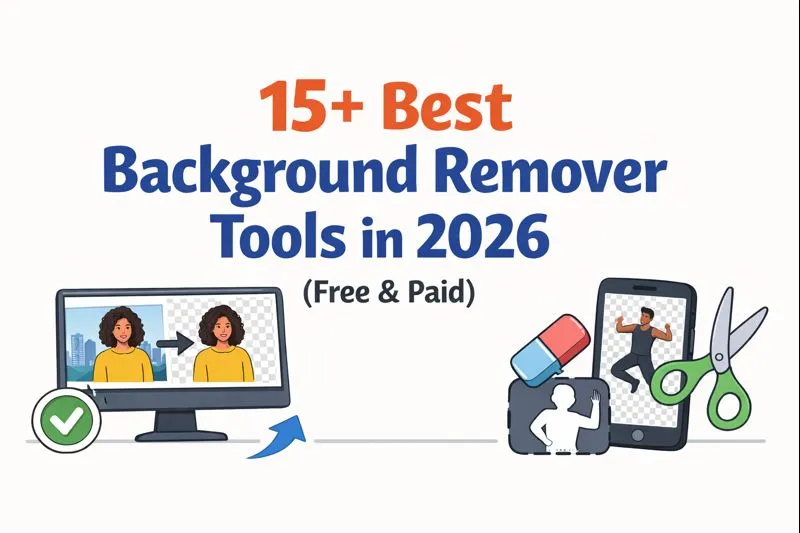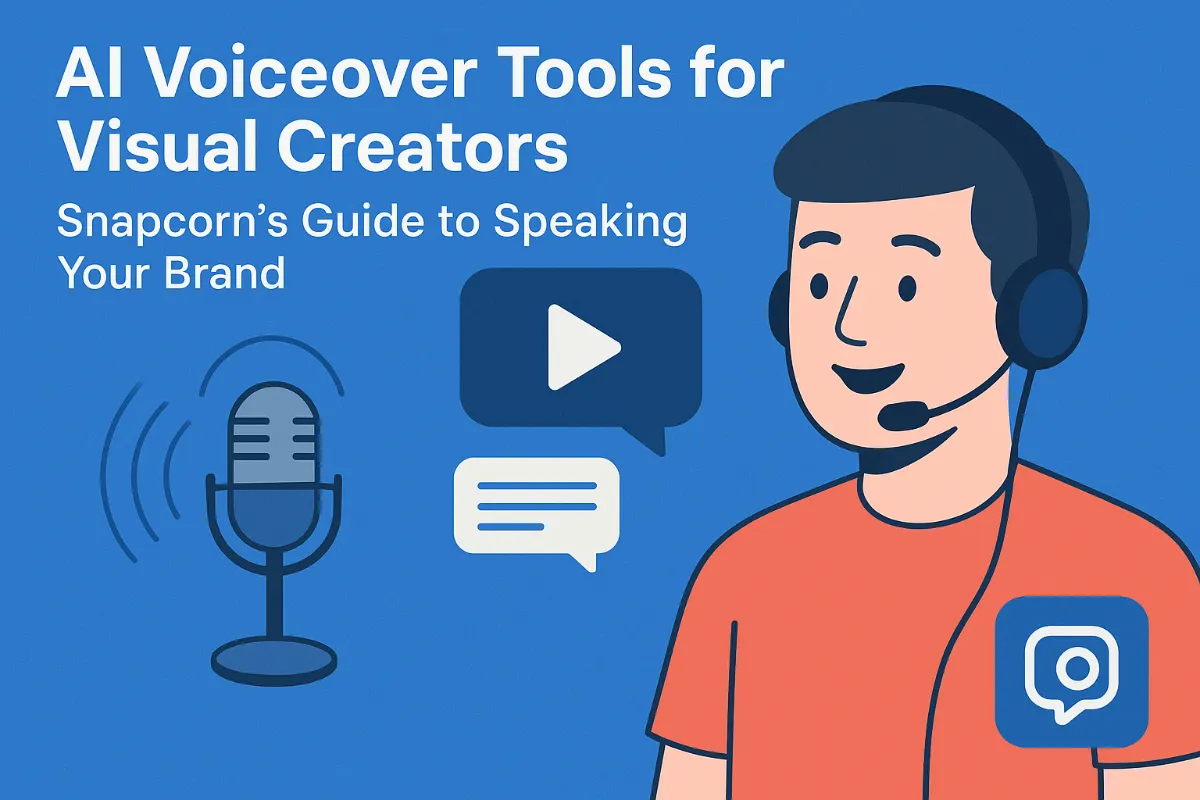Mastering AI-Driven Artifact Reduction for Stunning Photography
Understanding Image Artifacts: A Photographer's Perspective
Are you tired of unwanted blemishes ruining your perfect shot? Image artifacts can be a photographer's worst nightmare, but understanding them is the first step to conquering them.
Image artifacts are unwanted distortions in digital images that detract from the overall quality. They manifest in various forms, impacting clarity and detail. Here are some common types:
- Noise: Random variations in brightness or color, often appearing as graininess. This is especially noticeable in low-light conditions or at high ISO settings. Think of those grainy photos from a dimly lit concert.
- Compression Artifacts: Blocky or blurry areas resulting from aggressive JPEG compression, which discards image data to reduce file size. You know, like when you save a photo too many times and it starts looking like a mosaic.
- Banding: Visible steps or transitions in color or tone, rather than smooth gradients. This often occurs in images with subtle color changes, like a smooth sky gradient that suddenly has distinct bands of color, or a subtle blush on someone's cheek that looks like stripes.
- Moiré Patterns: Distracting wavy patterns that appear when fine patterns in the subject interfere with the camera sensor's grid. This can happen with fabrics that have very fine repeating patterns, like certain shirts or screens.
Several factors contribute to the formation of artifacts, ranging from camera limitations to post-processing errors:
- Camera Sensor Limitations: Sensors can introduce noise at high ISO settings due to increased sensitivity. Dynamic range constraints can also lead to clipping in highlights or shadows, meaning you lose detail in the brightest or darkest parts of the image.
- Lens Imperfections: Lenses can cause chromatic aberration (color fringing) and distortion, impacting image sharpness and accuracy. That weird purple or green outline around high-contrast edges? That's chromatic aberration.
- Image Processing Errors: Overzealous sharpening or contrast adjustments can amplify existing artifacts or introduce new ones. Sometimes, trying to make things sharper can actually make them look worse.
- Compression Algorithms: JPEG compression, while useful for reducing file size, can introduce noticeable artifacts due to data loss. It's a trade-off between file size and image quality.
Reducing artifacts is essential for achieving professional, polished photographs. Here's why:
- Preserving Image Detail and Clarity: Artifact reduction techniques help maintain fine details and overall image sharpness, ensuring visual fidelity. You want your photos to look crisp, not fuzzy.
- Achieving a Professional Look: Clean images free from distracting artifacts appear more professional and polished, enhancing their impact. Nobody wants to see a beautiful landscape marred by noise.
- Enabling Further Editing: Reducing artifacts early in the workflow allows for more extensive editing and manipulation without exacerbating existing issues. It's like cleaning up a messy room before you start redecorating.

Whether it's noise from sensor limitations or compression errors, every image can benefit from artifact reduction.
Now that we've defined what image artifacts are and where they come from, let's delve into the specific ai-driven artifact reduction techniques that can help you achieve stunning photography.
Traditional Artifact Reduction Methods: Limitations and Challenges
Is your photography workflow feeling more like a chore than a passion? Traditional artifact reduction methods can be time-consuming and often fall short of delivering truly stunning results.
Manual editing techniques are a common starting point for artifact reduction. Photographers often rely on tools like noise reduction filters in software such as Photoshop or Lightroom. Frequency separation is another technique used for smoothing skin, while cloning and healing brushes help remove blemishes.
However, these methods have limitations. They can be time-consuming, require a high level of skill, and may even introduce new artifacts if not applied carefully. Trying to manually remove every speck of noise can be exhausting.
Many software-based filters and plugins promise to simplify artifact reduction. Popular options include Topaz Denoise AI, the Nik Collection, and Neat Image. These tools offer various algorithms designed to reduce noise and sharpen images.
Yet, they often involve trade-offs. Aggressive artifact reduction can lead to a loss of detail, resulting in images that appear unnatural or over-processed. Addressing all types of artifacts effectively can also be a challenge, as each artifact type may require a specific approach.
Ai offers a promising alternative to traditional methods. Ai's power lies in its ability to learn complex patterns and relationships within images. This allows for superior detail preservation compared to traditional techniques.
Ai can automate the artifact reduction process, leading to faster and more efficient workflows. Moreover, ai algorithms can adapt to different types of artifacts and image content, providing more versatile solutions.
Ai is necessary to keep pace between cross-domain synchronization (land, air, space, sea, cyber), network-of-networks communication, and regular software/model updates. Lockheed Martin
Imagine you're restoring a batch of old family photos. Traditional methods might involve hours of manual retouching to remove scratches and reduce noise. Ai-driven tools can automate much of this process, intelligently filling in missing details and reducing artifacts while preserving the original character of the images.
While traditional methods have their place, they often struggle to meet the demands of modern photography workflows. As Harvard Business Review notes, ai is increasingly becoming a key differentiator in various industries.
Next, we'll explore how ai algorithms specifically tackle different types of image artifacts, offering a glimpse into the future of artifact reduction.
AI-Driven Artifact Reduction Techniques: A Deep Dive
Are you ready to dive deeper into the world of ai-driven artifact reduction? This section uncovers the specific techniques that leverage artificial intelligence to improve your photographic results.
Convolutional Neural Networks (CNNs) are at the forefront of ai-driven noise reduction. These networks excel at learning intricate patterns in images, making them ideal for identifying and removing noise. Think of them as super-smart pattern recognizers for pixels.
Ai models are trained on vast datasets comprising both noisy and clean images. This extensive training enables them to distinguish between genuine image details and unwanted noise. It's like showing a student thousands of examples of what's right and what's wrong until they can spot the difference themselves.
Ai algorithms can adapt to different types of artifacts and image content, providing more versatile solutions.
The magic lies in how ai identifies and removes noise while preserving crucial details. By learning from data, these models can intelligently smooth out noise without sacrificing sharpness or introducing new artifacts. Unlike traditional methods that might blur everything, ai can often tell what's a detail and what's just noise.
Many ai-powered noise reduction tools are available today, such as Topaz Denoise AI, as mentioned earlier. These tools offer photographers a streamlined way to achieve cleaner, more professional-looking images.

Ai offers a revolutionary approach to increasing image resolution without creating artifacts. Traditional upscaling methods often result in blurry or pixelated images, but ai changes the game. It doesn't just stretch the existing pixels; it intelligently guesses what new pixels should be there.
Ai-driven sharpening algorithms enhance detail without introducing unwanted halos or distortions. These algorithms intelligently reconstruct missing information, resulting in sharper and more visually appealing images. They learn what sharp edges look like and can recreate them more naturally than simple contrast boosts.
Ai reconstructs missing information based on learned patterns, effectively "filling in the gaps" to create a higher-resolution image. This process relies on the ai's ability to recognize and reproduce fine details. It's like a highly skilled artist filling in missing parts of a drawing based on the style and context.
Jpg artifacts and other compression-related issues can be a major headache for photographers. However, ai models are now trained to identify and correct these distortions.
These ai models learn to recognize common compression patterns, allowing them to intelligently restore image quality. The result is a cleaner, more visually pleasing image, even after heavy compression. They can often reverse some of the damage done by aggressive compression.
As McKinsey points out, ai and data integration are key to creating differentiating capabilities.
By addressing compression artifacts, ai can significantly improve the visual quality of images for both web and print. This is especially useful for photographers who need to optimize images for online use or create high-quality prints.
Now that you have a solid grasp of ai-driven artifact reduction techniques, let's explore how these tools integrate into a streamlined photography workflow.
Choosing the Right AI Tool for Your Photography
Choosing the right ai tool can feel like finding the perfect lens for a once-in-a-lifetime shot, but with so many options, how do you pick the best one? Selecting the appropriate ai-driven artifact reduction tool is crucial for achieving stunning photography.
Before diving into specific tools, consider these crucial factors to ensure the ai solution aligns with your needs:
- Type of artifacts you commonly encounter. Do you primarily struggle with noise, compression artifacts, or moiré patterns? Different tools specialize in addressing specific types of artifacts.
- Level of control you need over the artifact reduction process. Some tools offer extensive manual controls, while others automate most of the process. Determine if you prefer a hands-on approach or a more streamlined workflow.
- Integration with your existing workflow. Does the tool seamlessly integrate with your current photo editing software, or will it require a separate workflow? Compatibility is key for efficiency.
- Cost and subscription model. Ai tools vary significantly in price and subscription models. Consider your budget and usage frequency to determine the most cost-effective option.
- Ease of use and learning curve. Some ai tools are intuitive and easy to learn, while others require a steeper learning curve. Choose a tool that matches your technical expertise and available time for training.
The market offers a range of ai-driven photo editing software and plugins, each with unique strengths. Here's a look at some popular options:
- Luminar Neo (formerly Luminar AI) stands out with its user-friendly interface and ai-powered tools that simplify complex editing tasks. Its ai skin enhancement and sky replacement features make it popular among both amateur and professional photographers. It's great for quick, impactful edits.
- ON1 Photo RAW combines ai-based noise reduction and sharpening with a comprehensive photo editing suite. It offers a non-destructive workflow and advanced masking capabilities, making it suitable for detailed artifact reduction. It's a powerful all-in-one solution.
- Adobe Photoshop AI features such as Neural Filters and ai-powered selection tools provide powerful artifact reduction capabilities within a familiar environment. These features integrate seamlessly into existing Photoshop workflows, making them ideal for users already invested in the Adobe ecosystem. They're like magic tricks within your favorite editor.
The best way to determine if an ai tool is right for you is to test it firsthand.
- Use trial versions to assess performance on your specific images. Pay attention to processing speed, detail preservation, and the overall quality of artifact removal.
- Compare results with traditional methods to see if the ai tool offers a noticeable improvement in image quality and workflow efficiency. Evaluate whether the ai tool produces more natural-looking results with fewer manual adjustments.
- Evaluate detail preservation and artifact removal quality, focusing on how well the tool maintains fine details while eliminating unwanted distortions. Look for tools that strike a balance between artifact reduction and detail enhancement.
- Consider the impact on processing time and workflow. A tool that significantly speeds up your workflow can be a valuable asset, even if it requires a slightly higher investment.
Ai-driven artifact reduction tools are constantly evolving, so testing and evaluating different options is essential.
Now that you know how to choose the right ai tool, let's explore how these tools integrate into a streamlined photography workflow.
Practical Workflow: Integrating AI Artifact Reduction into Your Editing Process
Is your photo editing process as efficient as it could be? Integrating ai artifact reduction into your workflow can save time and enhance image quality.
Here's a practical guide to incorporating ai artifact reduction into your editing process:
- Shooting for minimal artifacts: Optimize camera settings, such as ISO, aperture, and shutter speed, to minimize noise and other artifacts during capture. Employ appropriate lighting techniques to reduce shadows and prevent overexposure. Basically, try to get it right in camera as much as possible.
- Initial image assessment: Carefully examine images at high magnification to identify and analyze any present artifacts. Note the type, severity, and location of each artifact to guide subsequent reduction efforts. Zoom in!
- Applying AI artifact reduction: Utilize ai-powered tools, such as those mentioned earlier, to automatically reduce artifacts. Experiment with different settings and algorithms to achieve the best balance between artifact reduction and detail preservation. This is where the magic happens.
- Fine-tuning results: Make manual adjustments using traditional editing tools to refine the results of ai processing. Address any remaining artifacts or areas where detail has been lost, ensuring a natural and polished final image. Ai is great, but sometimes a human touch is still needed.
Different image types require specific approaches to artifact reduction:
- Portraits: Focus on skin smoothing while preserving crucial details like eyes and hair. Use ai tools to reduce blemishes and soften skin texture for a polished yet natural look. Think subtle retouching, not plastic surgery. Ai can help enhance eye sharpness and reduce redness too.
- Landscapes: Reduce noise in skies and shadows while maintaining sharpness in foreground elements. Employ ai sharpening algorithms to enhance details in trees, rocks, and other natural features. Ai can help bring out textures in mountains or foliage without making them look artificial.
- Night photography: Reduce high ISO noise while recovering subtle details in dark areas. Use ai-powered noise reduction to minimize graininess and improve clarity in low-light images. This is where ai really shines, turning noisy night shots into usable images.
- Product photography: Remove compression artifacts and enhance textures to showcase products. Use ai sharpening and detail enhancement to create visually appealing images for e-commerce and marketing. You want those product details to pop.
To streamline your workflow, consider using ai tools for batch artifact reduction. This can save significant time when processing large image sets.
- Using AI tools for batch artifact reduction: Apply ai artifact reduction to multiple images simultaneously using batch processing features in software. Monitor the results carefully to ensure consistent quality across all images.
- Creating presets and actions for consistent results: Develop custom presets or actions in your editing software to automate common artifact reduction tasks. This ensures consistent results and reduces the need for manual adjustments.
- Automating repetitive tasks to save time: Automate repetitive tasks, such as noise reduction or sharpening, using ai-powered tools. This frees up time for more creative aspects of the editing process.
- Streamlining your workflow for large image sets: Optimize your workflow by integrating ai artifact reduction into your initial processing steps. This ensures that all images receive a baseline level of artifact reduction before further editing.
As McKinsey points out, integrating ai and data effectively is key to creating differentiating capabilities.
Now, let's explore how to troubleshoot common issues that may arise when using ai artifact reduction tools.
The Future of AI in Image Enhancement: Trends and Predictions
Ai's transformative power is poised to reshape the future of photography, but what specific trends can we anticipate? As ai continues to evolve, it will bring exciting new possibilities and ethical considerations to the forefront.
- Generative AI will play a pivotal role in image restoration and enhancement. These models can intelligently fill in missing details, remove artifacts, and upscale images with remarkable realism. Imagine ai creating entirely new details that weren't there before, but in a way that looks completely natural.
- Ai-driven color correction and grading will automate complex post-processing tasks. Photographers can achieve consistent, professional-looking results with minimal manual adjustments, saving valuable time and effort. Think of ai automatically matching the color and tone of multiple shots.
- Ai-powered relighting and creative effects will offer new artistic possibilities. Adjust lighting conditions, add creative filters, and transform the mood of an image with unprecedented ease. You might be able to change the direction of light in a photo after it's taken.
- Fully automated image enhancement workflows will become a reality. Ai will intelligently analyze images and apply optimal adjustments, streamlining the entire editing process.
Ai's increasing sophistication raises ethical questions that photographers must address.
- We must address potential biases in ai algorithms to ensure fair and equitable outcomes. For example, if an ai is trained mostly on images of one demographic, it might not perform as well on others, leading to unfair results in skin smoothing or retouching.
- Transparency and authenticity in image editing are critical to avoid manipulation and misrepresentation. Knowing when and how ai was used is important, so people aren't misled about the reality of a photograph.
- Responsible use of ai is essential for creative expression while respecting ethical boundaries.
Ai will serve as a creative assistant, empowering photographers to achieve better results with less effort.
- Photographers will gain access to professional-quality image editing tools regardless of their skill level.
- Ai will democratize access to advanced techniques, enabling photographers to focus on their artistic vision.
- Photography will evolve as an art form, with ai serving as a powerful tool for creative expression.
The future of photography lies in embracing ai as a partner, not a replacement. As ai continues to advance, photographers who harness its power will be well-equipped to create stunning, impactful images.




